Top S&P 500 Equal Weight ETF
If you have to invest in the S&P 500 but desire a more diversified strategy, the Invesco S&P 500 Equal Weight ETF (RSP) is probably your best option. Unlike regular S&P 500 ETFs, in which Apple and other giants exert disproportionate influences, RSP assigns an equal 0.2% weighting to all 500 constituents.
This diminishes concentration risk and has in the past resulted in better returns—beating the S&P 500 by 0.51% per year since 2003. With $72.3 billion in assets and a low 0.20% expense ratio, it's a good choice for long-term investors.
Invesco S&P 500 Equal Weight ETF
Top Income ETF
For income-seeking investors, the Schwab U.S. Dividend Equity ETF (SCHD) is a winner. It pays 3.9% and tracks high-dividend S&P 500 stocks with an infinitesimal 0.06% expense ratio.
Options like the Vanguard High Dividend Yield ETF (VYM) (2.7% yield) and First Trust Morningstar Dividend Leaders Index Fund (FDL) (4.5% yield) are also excellent for retirees or income investors. Your choice depends on whether you prefer yield or price.
Are ETFs Superior to Index Funds?
ETFs and index funds both provide diversified, low-cost access to markets, but they're utilized for varying purposes. ETFs trade like stocks, so you can sell and purchase them during the day, which is best if you need flexibility. They're also more tax efficient, since they hardly ever pass on capital gains.
Index funds are priced once a day and can have reduced minimums, so they're best for set-it-and-forget-it investors. Neither is inherently "better"—it's just a question of whether or not you prefer liquidity or convenience.
Stocks vs ETFs vs Index Funds
- Stocks: Purchasing stocks individually can be very lucrative but is risky and time-consuming. They are ideal for people who love delving into company information.
- ETFs: These provide instant diversification, are bought and sold like stocks, and have little in fees. They're perfect for most investors for balance.
- Index Funds: Not as liquid as ETFs but identical in concept, they're ideal for long-term investors who don't require much trading.
Investopedia ETF vs. Index Fund
Top Preferred ETF
Invesco Preferred ETF (PGX) ranks among the leaders for preferred stock investors, with $4.5 billion in assets and a yield of approximately 7%. It is held in income and capital appreciation, with significant exposure to financials (71%).
Preferred ETFs such as PGX are excellent for tax-advantaged income and diversification, particularly in a low-interest-rate world.
What is an Equal-Weighted Index?
An equal-weighted index assigns equal weight to all stocks, irrespective of size. For instance, in the S&P 500 Equal Weight Index, each of the 500 stocks has a 0.2% weight, compared to the original S&P 500, where mega-cap stocks have a heavy weight.
This reduces reliance on mega-cap stocks and has the potential to increase the return from smaller stocks, although it could increase volatility.
What is an Equal-Weight Index Fund?
An equal-weight fund replicates an equal-weighted index, like the S&P 500 Equal Weight Index. A notable example is the Invesco S&P 500 Equal Weight ETF (RSP), where each stock has an equal contribution to generate. These funds rebalance quarterly, which can increase trading costs but offers more diversified market exposure.
S&P Equivalent in India
Nifty 500 or BSE 500 are the optimal Indian proxies for S&P 500 because they include 500 companies, which represent a wide slice of the market (Nifty 500 represents 96% of NSE's free-float market capitalization).
Nifty 50 and Sensex are, however, better known as India's blue-chip indices, just like S&P 500 is better known in the U.S. Reddit India Investments.
Equal-Weighted ETF in India
The DSP Nifty 50 Equal Weight ETF was the first equal-weight ETF in India, launched in 2021. It replicates the Nifty 50 Equal Weight Index, assigning equal weight of 2% to each of the 50 stocks, less dependence on heavy weights such as Reliance Industries.
The UTI Nifty 50 Equal Weight Index Fund is also available, providing the same advantages.
Key Points
- Best S&P 500 Equal Weight ETF: The Invesco S&P 500 Equal Weight ETF (RSP) is the best overall due to its strong record, high assets under management ($72.3 billion as of 2025), and past outperformance of the S&P 500 by 0.51% per year since 2003.
- Best Income ETF: Schwab U.S. Dividend Equity ETF (SCHD) is the best with its 3.9% yield and 0.06% expense ratio and is a great choice for income investors, although others such as Vanguard High Dividend Yield ETF (VYM) are also good.
- ETFs vs. Index Funds: ETFs have intraday trading and tax efficiency, while index funds have lower minimums and are suitable for long-term, set-and-forget investors. The decision is based on your investment style and objectives.
- Stocks vs. ETFs vs. Index Funds: Stocks carry more risk but potentially higher returns; ETFs and index funds offer diversification and less risk, with the ETF being more liquid.
- Best Preferred ETF: The Invesco Preferred ETF (PGX) is a top pick since it is worth $4.5 billion and makes money from preferred stocks.
- Equal-Weighted Index: Index in which every stock carries the same weight, lessening dependence on large firms and potentially increasing return from smaller firms.
- S&P Equivalent in India: Nifty 500 or BSE 500 are the best equivalents of the S&P 500, with 500 companies, although Nifty 50 and Sensex are utilized more frequently.
- Equal-Weighted ETF in India: DSP Nifty 50 Equal Weight ETF is yet another trailblazing choice, assigning equal 2% weight to each of the 50 Nifty firms.
Understanding Equal Weight ETFs
Equal-weight ETFs are a breath of fresh air from the investment norm. While market-cap-weighted ETFs have the likes of Apple or Microsoft as stars, equal-weight ETFs make each stock an equal player. Take a basketball team wherein everyone, from the star player to the new rookie, receives equal floor time. That is what equal-weight ETFs do for the S&P 500's 500 stocks, which receive an equal 0.2% weight.
How They Differ
In a market-cap-weighted ETF, large firms dominate performance. In the S&P 500, for example, the top 10 have over 30% of the index weight. Equal-weight ETFs level the playing field so that no single stock can overwhelm the others. This requires quarterly rebalancing, selling overpriced and buying underpriced stocks, which increases trading expense but keeps the portfolio in balance.
Advantages
- Diversification: By dividing investments equally, equal-weight ETFs minimize the risk of your portfolio being dependent on a few large-cap stocks.
- Lower Risk of Concentration: When a behemoth like Amazon collapses, it won't take your whole investment down with it.
- Space for Greater Returns: Small companies, being underweighted in cap-weighted indexes, may be the source of outperformance. For instance, the smallest 50 companies in S&P 500 Equal Weight Index outperformed the largest 50 by about 5% during 2003-2024.
S&P 500® Equal Weight Index – Key Details & Insights
Source: S&P Dow Jones Indices (Factsheet as of June 30, 2025)
Description & Methodology
- Equal-weight version of the classic S&P 500: same 500 constituents, each assigned 0.2% weight at each quarterly rebalance.
- Designed to neutralize size bias and reduce concentration in mega-caps, offering greater exposure to mid- and small-caps within the large-cap universe.
- Rebalanced quarterly (Mar, Jun, Sep, Dec); real-time calculation in USD (and six other currencies).
Performance (through 6/30/2025)
Risk & Risk-Adjusted Returns
Fundamentals (as of mid-2025)
Index Characteristics
- Constituents: 504
- Mean Market Cap: $109,202 m
- Largest Market Cap: $3,852,990 m
- Smallest Market Cap: $5,202 m
- Top-10 Weight: 2.4% each; Top-10 aggregate 36.4%
Top 10 Constituents (by equal weight)
- Coinbase (COIN)
- Oracle (ORCL)
- Jabil (JBL)
- Carnival (CCL)
- AMD (AMD)
- Northern Trust (NTRS)
- Royal Caribbean (RCL)
- Vistra (VST)
- Estée Lauder (EL)
- Western Digital (WDC)
Sector Weighting
ESG & Carbon Metrics
- Avg. Carbon Intensity: 84.7 tCO₂e/$1 m revenue
- Fossil-Fuel Emissions: 483.5 tCO₂/$1 m invested
Investable ETFs Tracking the S&P 500 EWI
| Fund | Ticker | Expense Ratio | AUM | Domicile |
|---|---|---|---|---|
| Invesco S&P 500 Equal Weight ETF | RSP | 0.20% | $71.2 B | USA |
| iShares S&P 500 Equal Weight UCITS ETF (Acc) | EWSP | 0.15% | $4.59 B | Ireland |
| Amundi S&P 500 Equal Weight ETF Acc | SPEQ | 0.18%¹ | €— (small) | Luxembourg |
| BetaShares S&P 500 Eql Weight Ccy Hgd ETF | HQU | 0.35% | AUD — | Australia |
| Xtrackers S&P 500 Equal Weight UCITS ETF 1C | XDEW | 0.20% | €8.12 B | Luxembourg |
| Invesco S&P 500 Equal Weight ETF CAD (EQLE) | EQLE | 0.20% | CAD — | Canada |
¹ Typical for Amundi equal-weight ETF share classes; check issuer site for exact TER.
² A selection of the largest/regional variants; see S&P factsheet for full list.
Best ETF Recommendations
| Region | Recommended ETF | Rationale |
|---|---|---|
| USA | Invesco RSP | Largest AUM (~$71 B), tight bid-ask spreads, comprehensive holdings (508) and 0.20% expense ratio — excellent liquidity and track record. |
| Europe | iShares EWSP (Acc) | UCITS-compliant, low TER (0.15%), solid AUM (~€4.1 B), full replication, accumulating structure for tax-efficient growth. |
| Australia | BetaShares HQU | Offers currency-hedged exposure for AUD investors; modest AUM and higher TER to offset FX risk. |
Best Equal Weight S&P 500 ETFs in Canada
The Canadian market has one top choice for equal-weight S&P 500 exposure: the Invesco S&P 500 Equal Weight Index ETF (EQL). It was launched in 2003 and is the first and sole ETF of its type in Canada, so it's a trailblazer for smart beta funds.
Invesco S&P 500 Equal Weight Index ETF (EQL)
- Key Features: It follows the S&P 500 Equal Weight Index where every stock accounts for 0.2% of the index. It comes in unhedged CAD (EQL), CAD-hedged (EQL.F), and USD (EQL.U) units.
- Performance Metrics: Beat the S&P 500 by 0.89% per year since inception (January 8, 2003, through December 31, 2023). As of March 2024, its forward P/E was 18.3, a 16% discount to the S&P 500's 21.9.
- Fees and Expenses: Management expense ratio (MER) is 80% below the average U.S. equity ETF, making it extremely cost-effective.
- Why It Excels: EQL reduces concentration risk and works well with large-cap/growth strategies, best suited for diversifying U.S. equity exposure.
| ETF | Ticker | AUM | MER | Performance (Annualized) | Key Feature |
|---|---|---|---|---|---|
| Invesco S&P 500 Equal Weight Index ETF | EQL | Not mentioned | 80% under average. | +0.89% vs. S&P 500 (since 2003) | Initial S&P 500 equal-weight ETF in Canada |
Top Equal Weight S&P 500 ETFs in the UK
In the UK, equal-weight S&P 500 ETFs have the following options, with the Invesco S&P 500 Equal Weight UCITS ETF (RSP) and Xtrackers S&P 500 Equal Weight UCITS ETF 1C being the market leaders.
Invesco S&P 500 Equal Weight UCITS ETF (RSP)
- Key Features: Tracks the S&P 500 Equal Weight Index, with accumulation and distribution share classes. Stocks are weighted 0.2%, quarterly rebalanced.
- Performance Measures: 1-year return of 3.56% as of June 2025.
- Fees and Charges: Total expense ratio (TER) of 0.20% p.a.
- Why It Stands Out: Provides flexibility for income or growth-oriented investors.
Xtrackers S&P 500 Equal Weight UCITS ETF 1C
- Key Features: The largest fund size of UK equal-weight ETF with 7,027 million GBP. Accumulation share class.
- Performance Measures: 1-year return of 3.57% as of June 2025.
- Fees and Charges: TER of 0.20% p.a.
- Why It Excels: Suitable for investors looking for stability and size.
Amundi S&P 500 Equal Weight UCITS ETF Acc
- Key Features: Lowest TER of 0.12% p.a., accumulating share class.
- Performance Metrics: Insufficient data owing to recent launch, but 1-month return of 1.72% as of June 2025.
- Fees and Expenses: Best value for money.
| ETF | ISIN | Fund Size (m GBP) | TER (% p.a.) | 1-Year Return (%) | Replication Technique |
|---|---|---|---|---|---|
| Xtrackers S&P 500 Equal Weight UCITS ETF 1C | IE00BLNMYC90 | 7,027 | 0.20 | 3.57 | Full replication |
| Invesco S&P 500 Equal Weight UCITS ETF Acc | IE00BNGJJT35 | 595 | 0.20 | 3.56 | Complete replication |
| Amundi S&P 500 Equal Weight UCITS ETF Acc | LU2991918421 | 81 | 0.12 | N/A | Unfunded swap |
Lowest S&P 500 Equal Weight ETF
The Amundi S&P 500 Equal Weight UCITS ETF Acc has the lowest TER of 0.12% p.a. and is the most affordable investment for UK investors. The Invesco S&P 500 Equal Weight ETF (RSP) in the US is also competitive with a 0.20% expense ratio, which is 68% less than its peer group average.
Also Read:
S&P 500 Equal Weight ETF and S&P 500
An Invesco S&P 500 Equal Weight ETF (RSP) compared to a standard S&P 500 ETF (e.g., Vanguard S&P 500 ETF, VOO):
- Performance Record: RSP outperformed the S&P 500 by 0.51% annually since 2003. It exceeded the S&P 500 in 52.78% of 10-year periods as of March 2025.
- Risk Assessment: Equal-weight ETFs are more risky with greater exposure to small firms but provide protection against falls in industries.
- Cost Comparison: RSP's 0.20% expense ratio is marginally higher than VOO's 0.03%, but its tax efficiency (no capital gains distributions since 2003) makes up for it.
When to Use Each:
- Equal Weight: Ideal for those investors who desire diversification and outperformance of the smaller stocks.
- Traditional S&P 500: Best for those who want stability and lower costs.
Vanguard and Fidelity S&P 500 Equal Weight ETFs
Vanguard S&P 500 Equal Weight ETF: Vanguard currently does not have an S&P 500 equal-weight ETF. Its flagship Vanguard S&P 500 ETF VOO is market-cap weighted. Vanguard VOO
Fidelity S&P 500 Equal Weight ETF: Fidelity does not offer a stand-alone S&P 500 equal-weight ETF but instead favors market-cap-weighted funds.
Conclusion
Equal-weight S&P 500 ETFs provide a great way to invest in the U.S. market with not too much concentration in mega-cap. Whether you are in Canada using EQL, the UK using RSP or Xtrackers, or looking at India's DSP Nifty 50 Equal Weight ETF, the funds provide diversification, lower concentration risk, and the potential for greater returns.
They are more expensive and have higher volatility from rebalancing, however. As you consider your options, think about your investment goals, your risk tolerance, and your need for flexibility or simplicity. Equal-weight ETFs are like giving every member of the team a chance to shine—sometimes the underdogs score the biggest goals.

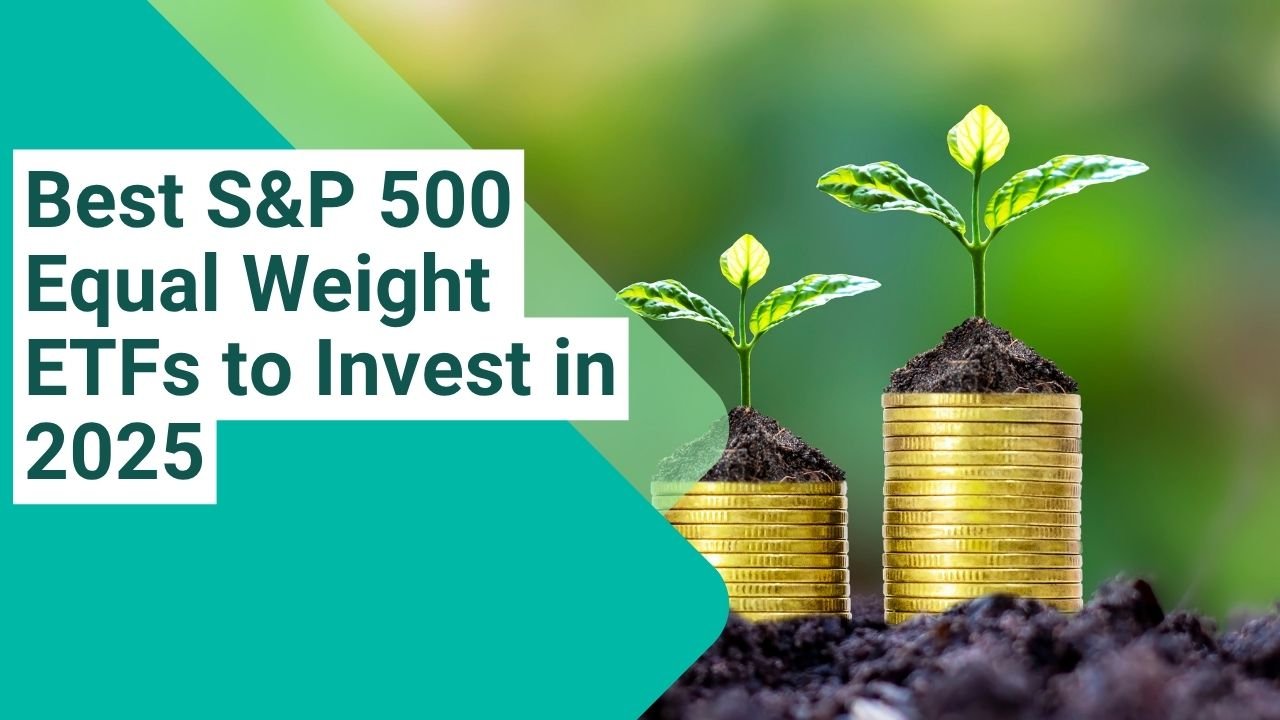
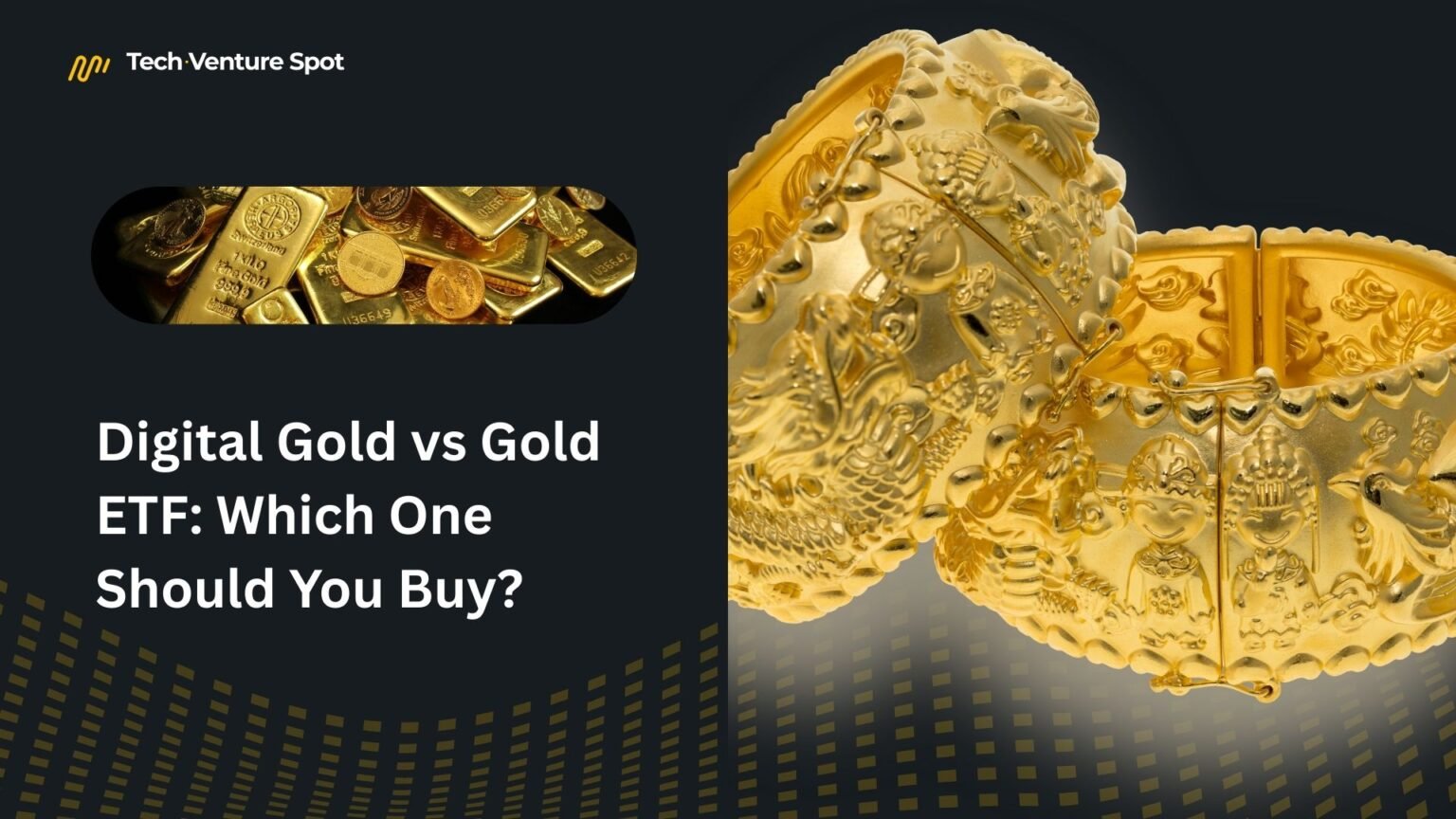
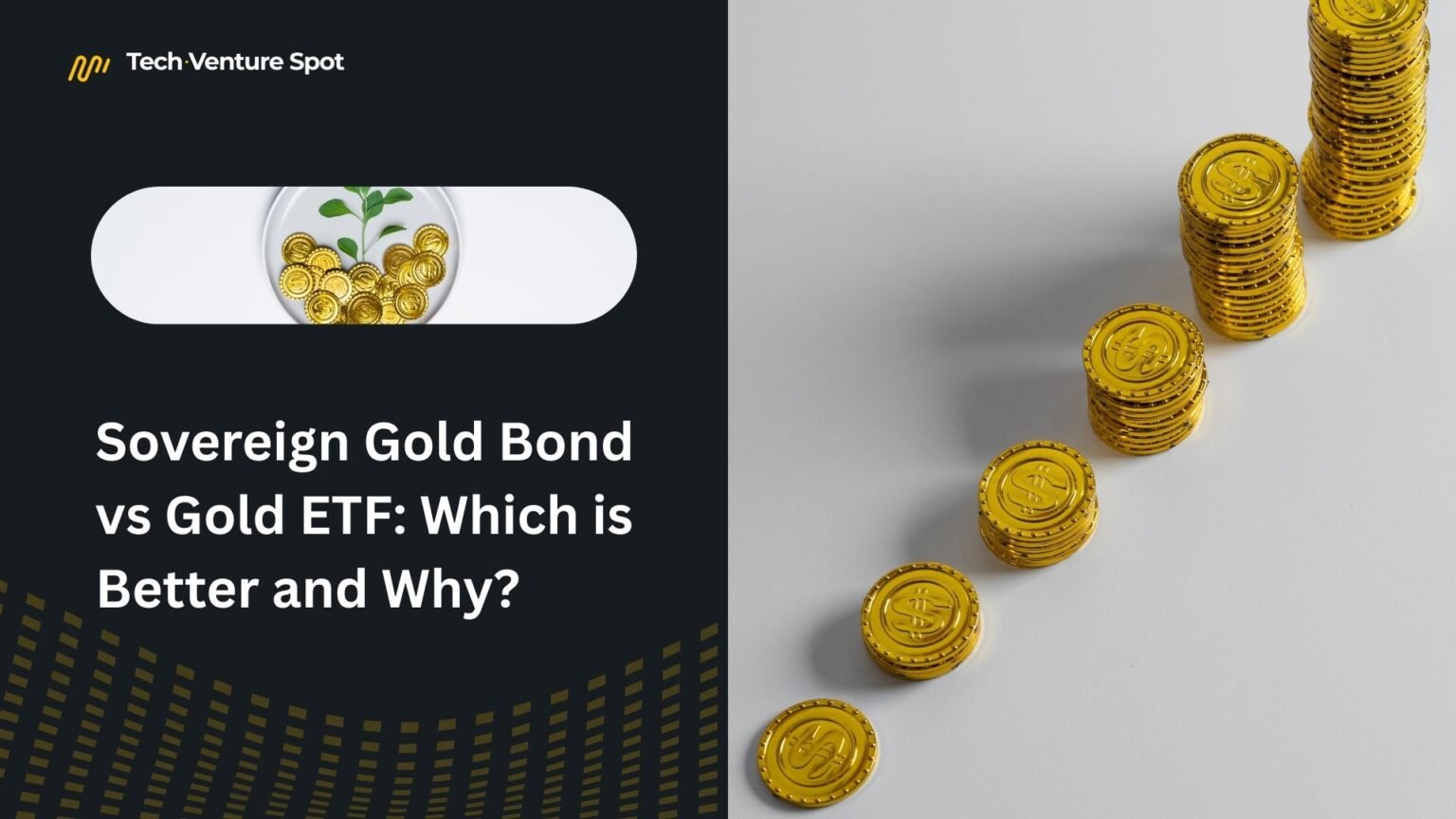
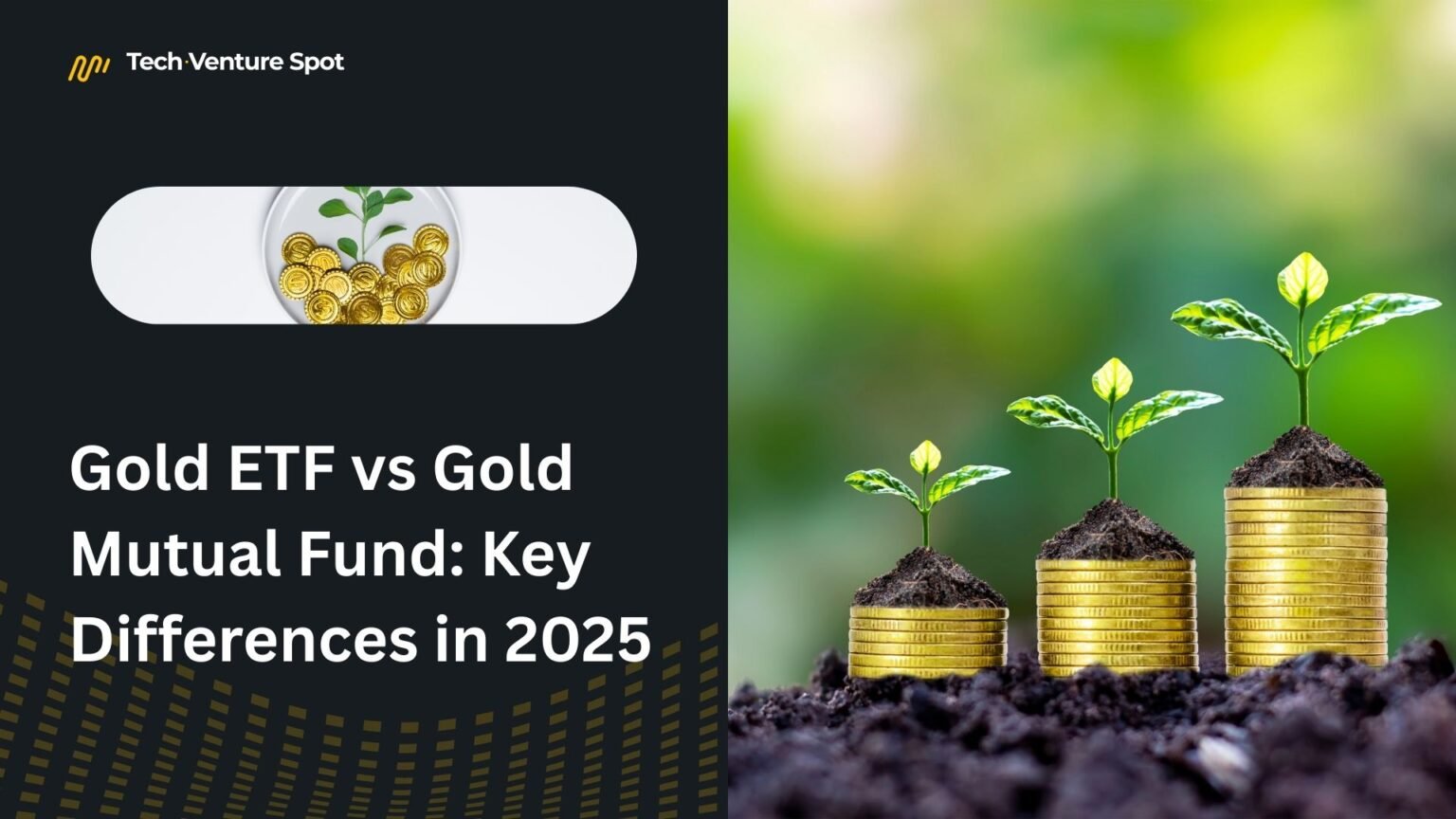
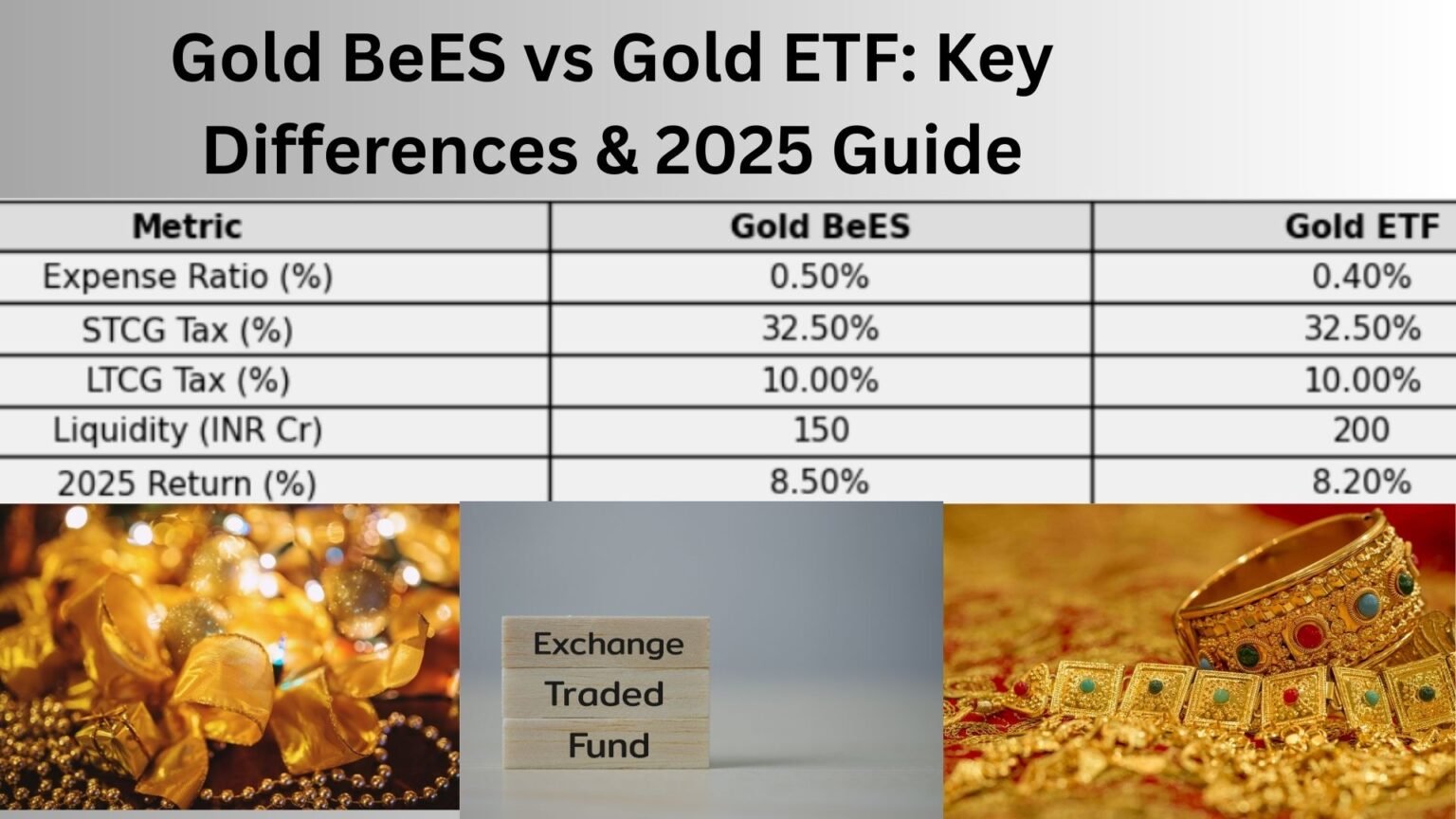
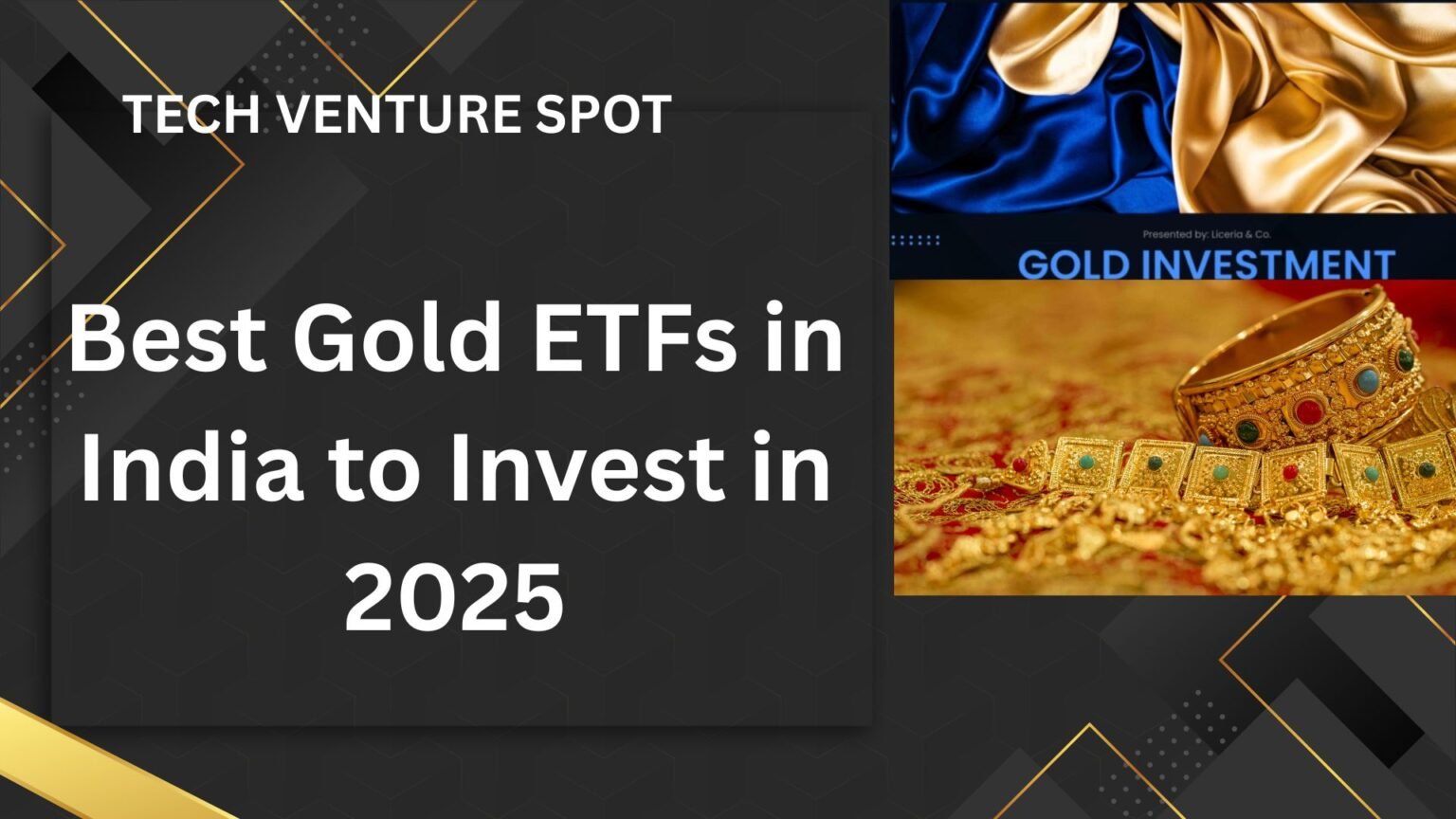
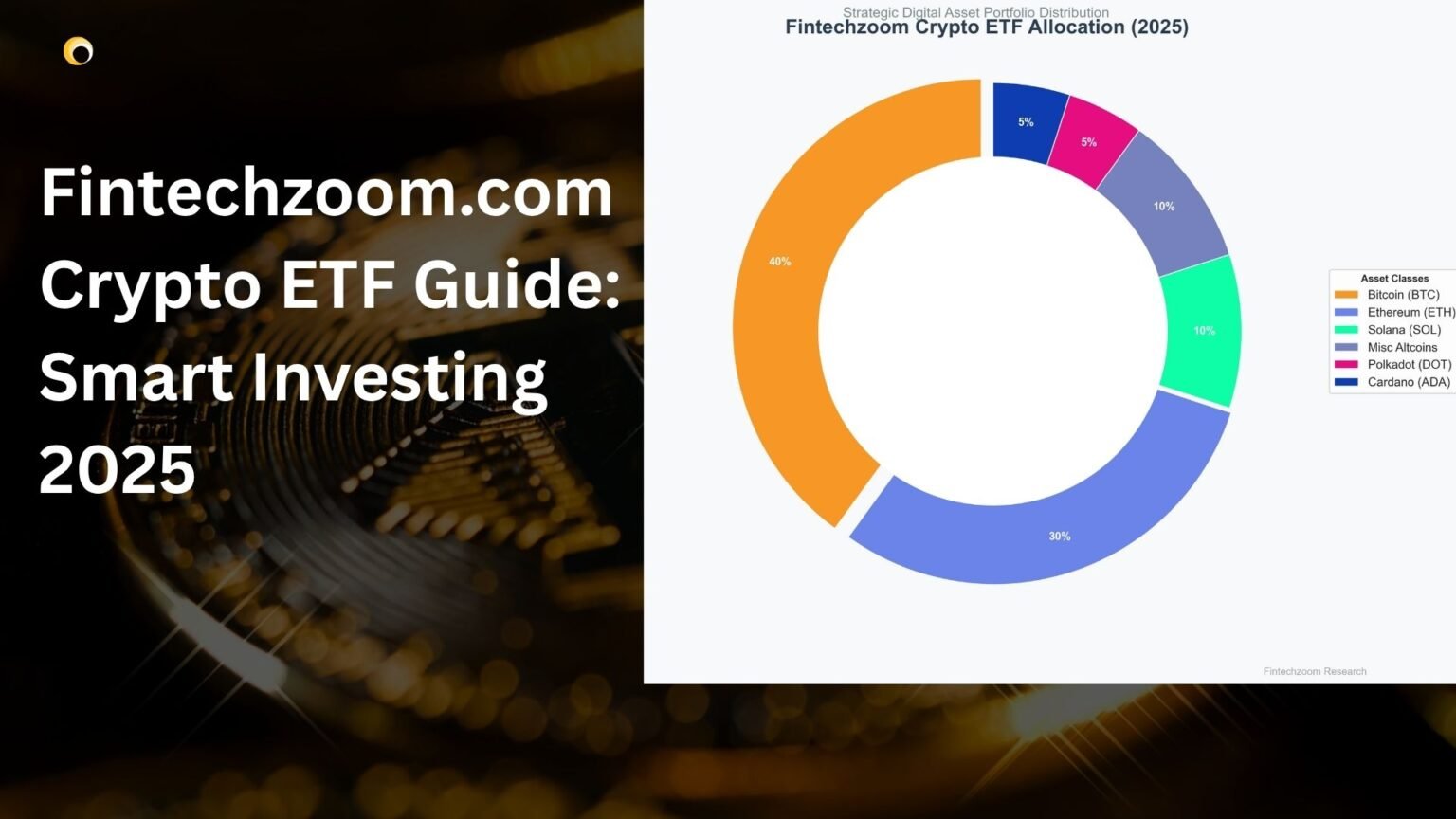
I’m not that much of a online reader to be honest but your blogs really nice, keep it up!
I’ll go ahead and bookmark your website to come back later.
Cheers
That is a very good tip particularly to those new to the blogosphere.
Simple but very precise info… Thanks for sharing this one.
A must read article!
Everyone loves what you guys tend to be up too. This sort
of clever work and coverage! Keep up the amazing works guys I’ve added you
guys to my personal blogroll.
There is definately a lot to learn about this issue.
I really like all of the points you have made.
This piece of writing will assist the internet users for creating
new website or even a blog from start to end.
I do not even know how I ended up here, but I thought this post was great.
I do not know who you are but certainly you’re going to a famous blogger if you are not already 😉 Cheers!
You are so awesome! I don’t suppose I have read a
single thing like this before. So great to find another person with
some original thoughts on this issue. Seriously..
thanks for starting this up. This site is one thing that
is needed on the web, someone with a little originality!
Hi, Neat post. There is an issue together with your site in web explorer, could
check this? IE still is the market chief and a huge portion of other people will omit your fantastic writing because of this problem.
Thanks very interesting blog!
Its such as you learn my mind! You seem to understand a lot
approximately this, such as you wrote the ebook in it or something.
I believe that you could do with some p.c. to drive the
message home a bit, but other than that, this is wonderful blog.
An excellent read. I will definitely be back.
Definitely believe that which you stated. Your favorite justification appeared to be on the internet the easiest thing to be aware of.
I say to you, I definitely get irked while people think about worries
that they just don’t know about. You managed
to hit the nail upon the top and also defined out the whole thing without having side-effects , people could take
a signal. Will likely be back to get more. Thanks
What’s up, this weekend is pleasant in favor of me, as this moment i am
reading this wonderful informative post here at my house.
Great site. Plenty of helpful information here.
I’m sending it to several pals ans additionally sharing in delicious.
And certainly, thank you for your effort!
There is definately a great deal to learn about this issue.
I really like all the points you’ve made.
Awesome post.
I feel that is among the most significant information for me.
And i am satisfied reading your article. However should statement on some common issues,
The site taste is wonderful, the articles is truly nice : D.
Just right activity, cheers
Hi there! I could have sworn I’ve been to this blog before
but after browsing through some of the post I realized it’s new to me.
Nonetheless, I’m definitely glad I found it and I’ll be bookmarking and checking back often!
Hello to all, how is the whole thing, I think every one is getting more from this website,
and your views are fastidious in favor of new users.
I’m gone to convey my little brother, that he should also pay a visit this
webpage on regular basis to take updated from hottest information.
It’s really a cool and helpful piece of information. I am glad that
you shared this helpful information with us.
Please stay us up to date like this. Thank you for sharing.
Right now it seems like Expression Engine is the best blogging platform available right now.
(from what I’ve read) Is that what you’re using on your blog?
This piece of writing gives clear idea designed for the new people of blogging, that genuinely
how to do running a blog.
I appreciate, lead to I discovered exactly what I used to be taking a look
for. You have ended my four day long hunt! God Bless you man. Have
a nice day. Bye
This is my first time go to see at here and i am actually pleassant to read everthing at
single place.
Thanks , I’ve just been searching for info approximately this topic for a
long time and yours is the greatest I’ve discovered till now.
However, what in regards to the bottom line?
Are you sure concerning the supply?
Hi there, I found your website via Google even as searching for a similar
subject, your web site got here up, it seems to be good.
I have bookmarked it in my google bookmarks.
Hello there, simply changed into alert to your blog via Google, and found that it’s truly informative.
I am gonna be careful for brussels. I’ll be grateful
if you continue this in future. A lot of folks will probably be
benefited from your writing. Cheers!
Hey very nice blog!
It’s really a cool and useful piece of info. I’m happy that you just
shared this helpful information with us. Please stay us informed like this.
Thanks for sharing.
Greetings! Very helpful advice in this particular article!
It’s the little changes that will make the most important changes.
Many thanks for sharing!
Wonderful post! We are linking to this great post on our site.
Keep up the great writing.
I enjoy what you guys are up too. This sort of clever work and reporting!
Keep up the wonderful works guys I’ve included you guys to our blogroll.
Way cool! Some very valid points! I appreciate you penning this post and also the rest of the site is also
very good.
Very descriptive blog, I enjoyed that bit. Will there be a part 2?
I’m not that much of a online reader to be
honest but your sites really nice, keep it up! I’ll go ahead and bookmark your website
to come back down the road. Many thanks
I’m impressed, I have to admit. Rarely do I come across a blog that’s both equally educative and entertaining, and
let me tell you, you’ve hit the nail on the head. The problem
is an issue that too few folks are speaking intelligently about.
Now i’m very happy I found this in my search for
something concerning this.
This site was… how do I say it? Relevant!! Finally I have found something which
helped me. Thanks a lot!
I am sure this piece of writing has touched all the
internet viewers, its really really nice article on building up new webpage.
Hmm it seems like your blog ate my first comment (it
was super long) so I guess I’ll just sum it
up what I had written and say, I’m thoroughly enjoying
your blog. I too am an aspiring blog blogger but I’m still new to everything.
Do you have any tips for first-time blog writers?
I’d definitely appreciate it.
magnificent points altogether, you just received a emblem new reader.
What may you recommend in regards to your submit that you
simply made some days in the past? Any sure?
Nice post. I was checking continuously this weblog and I’m impressed!
Very helpful info particularly the final section :
) I maintain such information much. I was seeking this particular info for a
very lengthy time. Thank you and good luck.
Simply wish to say your article is as amazing.
The clarity in your post is simply nice and i can assume you are an expert on this subject.
Fine with your permission let me to grab your feed
to keep updated with forthcoming post. Thanks a million and please
continue the rewarding work.
That is really interesting, You are an excessively skilled blogger.
I’ve joined your rss feed and sit up for searching for more of your
wonderful post. Additionally, I’ve shared your website in my social networks
Every weekend i used to pay a quick visit this web page, for the reason that i wish for enjoyment, for the reason that this
this website conations truly nice funny information too.
Thanks for every other great post. The place else may just anybody get that
type of information in such an ideal way of writing?
I have a presentation subsequent week, and I’m at the look for
such information.
Thank you for the auspicious writeup. It in fact was once a entertainment account it.
Look complex to far delivered agreeable from
you! However, how can we be in contact?
This is the perfect site for anyone who wants to find out about this topic.
You realize so much its almost tough to argue with you
(not that I actually would want to…HaHa). You certainly put a fresh spin on a subject that has been discussed for ages.
Great stuff, just great!
There’s definately a lot to find out about this subject.
I really like all of the points you’ve made.
Excellent post. I used to be checking constantly this weblog and I’m impressed!
Very helpful information specially the ultimate section :
) I handle such info much. I used to be seeking this particular
information for a very long time. Thank you and best of luck.
At this time I am ready to do my breakfast, later than having my
breakfast coming yet again to read further news.
It’s not my first time to visit this site, i am browsing this site dailly
and obtain pleasant facts from here everyday.
Hey there! This is my first visit to your blog! We are a group of volunteers and starting a new project in a community
in the same niche. Your blog provided us useful information to work on. You have done a
extraordinary job!
Great article, totally what I needed.
Hello there! This is my 1st comment here so I just wanted to give a quick shout out and
say I truly enjoy reading through your posts. Can you recommend any other blogs/websites/forums that deal with the same subjects?
Thanks!
There’s definately a lot to learn about this subject.
I love all of the points you’ve made.
Excellent items from you, man. I’ve remember your stuff
prior to and you’re simply too great. I really like what you’ve got
here, really like what you are saying and the way in which wherein you assert it.
You’re making it enjoyable and you continue to take care
of to stay it wise. I can’t wait to learn far more from you.
This is actually a wonderful site.
Pretty! This has been a really wonderful article. Thanks
for providing these details.
I’m truly enjoying the design and layout of your blog.
It’s a very easy on the eyes which makes it much more enjoyable for me to come here and visit more often. Did you
hire out a developer to create your theme? Outstanding work!
Hi mates, nice post and nice urging commented at this
place, I am in fact enjoying by these.
Hello, after reading this awesome article i am too happy to share my experience here with friends.